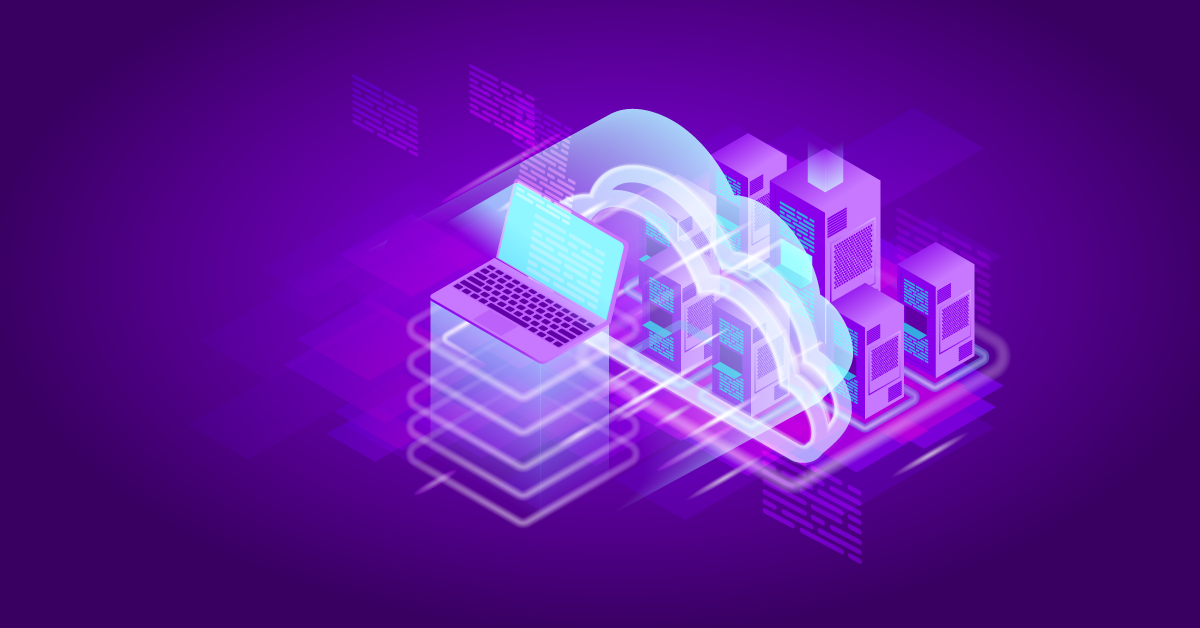5 reasons why you need Israeli deep tech solutions for your business

A great wave of innovation is sweeping across the globe, powered by deep tech companies that bring together talented scientists, engineers, and entrepreneurs to use innovative tech to solve problems and reimagine the world. They often need to develop new technologies because no existing technology completely solves the problem. Israel’s deep tech industry is receiving global recognition for innovations that are quickly moving from the lab to the marketplace. Commercial application of deep technology is becoming more viable and changing our lives by creating a powerful tech ecosystem.
Let’s look at 5 ways Israeli deep tech can transform your business:
1) Potential for radical innovation: Israel is the hotbed of technological innovation, with the most hi-tech startups per capita in the world. Israeli deep tech companies have launched hundreds of tech inventions. Ranging from everyday items like USB drives to futuristic healthcare devices and innovative software and SaaS products. In today’s competitive landscape, offering customers innovative services/products can help businesses create a unique identity and differentiate themselves.
Fact Check: Israel-based Check Point Software Technologies developed the first-ever fully viable commercial firewall in 1993, the most significant invention in cybersecurity in the last 30 years.
2) Ability to disrupt markets: Israel has a legacy of building some of the most disruptive technologies in the world. Disruptive innovation can fundamentally change markets and transform entire industries. Israeli tech companies receive support for R&D and incubation required for breakthrough products to become commercially viable. As a market disruptor, your business can break new ground and scale exponentially in the absence of little to no competition.
Fact Check: In 1999, Israel’s M-Systems created and patented the world’s first USB drive. No points for guessing how it disrupted the Compact Disc industry.
3) Problem-focused approach: Israeli deep tech companies approach innovation by understanding the challenge first and then working backward to source solutions, using the reverse innovation model. Public and private organizations collaborate to support innovation centers that function as think and do tanks. This enables the development, testing, and demonstration of scalable, innovative solutions to global challenges. Businesses today need to keep exploring various alternatives to become resilient in unpredictable market conditions and, a problem-focused approach can help them offer customers better products and services.
Fact Check: Fintech accelerator The Floor (founded by a collaboration of international banks) uses the reverse innovation model to source challenges from the banks. It then incubates and supports startups working on potential solutions. The Floor is thus helping shape the “Bank of the Future” by leveraging exceptional technologies and expertise.
4) Convergence of Engineering, Data Science & Technology: Israeli startups use frontier tech, a convergence of engineering, tech, and data science to think out of the box. 96% of deep tech ventures use at least two technologies like AI, IoT, big data, blockchain, 5G, 3D printing, robotics, drones, gene editing, nanotechnology, and solar photovoltaic. AI, for example, combined with robotics, can transform production and business processes. 3D printing allows faster and cheaper low-volume production and rapid prototyping of new products. As a group, these technologies already represent a $350-billion market and by 2025 could grow to over $3.2 trillion.
Fact Check: Amazon, Google, Facebook, Alibaba, and Baidu reshaped the tech world. But few know that the innovations of Israeli companies supported these global giants. Israeli companies like Waze (now owned by Google), are widely used for helping drivers and tourists find their destination. Mobileye (purchased by Intel) is the market leader in autonomous driving.
5) Time and Scale: Global majors want to scale fast and Israeli deep tech companies are offering innovative solutions and disruptive tech to help them along. For every business, the ultimate and undeniable focus is always growth. Innovations based on deep tech can generate enormous economic value. Companies are using technology to automate, integrate and re-engineer operational processes. By doing so, they can scale up, cut costs and reduce production times.
Fact Check: Reliance Industries has leveraged the technology prowess of Israeli companies in diverse domains such as desalination plants, drip irrigation, security, retail, and telecom. Another Israeli company, Nanorep provides virtual assistants and smart-bot solutions to Indian companies. It has enhanced customer service and enabled Indian companies to achieve scale with a competitive edge in digital self-service.
Israeli deep tech companies continue to dominate many fields of deep tech innovation. Israeli human capital dominates science and tech and is passionate about solving complex challenges. We are excited to see how Israeli deep-tech innovation will set the pace for new technological breakthroughs in 2022.



